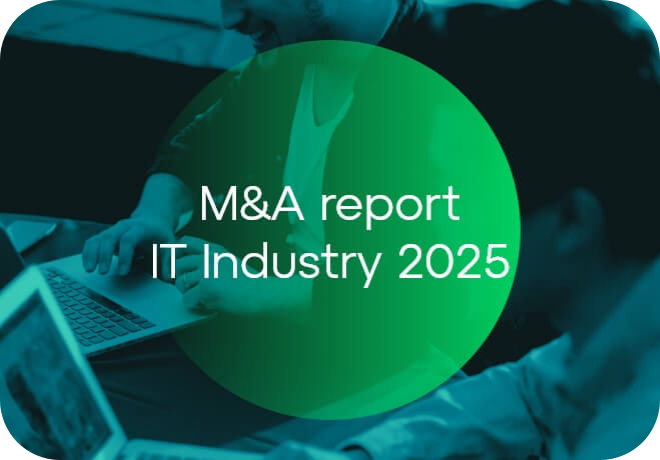FAQ – Audit
VDR centralizes documentation, speeds up auditor access and enables secure real-time information exchange.
Fordata Virtual Data Room streamlines auditing through:
- Secure document sharing – instead of emails and FTP, documents are sent to a protected online space with access control.
- Full control over access – you can decide who sees, downloads or prints files.
- Automation and order – automatic numbering, notifications and intuitive file management speed up work.
- Activity monitoring – you know who viewed which documents and how long they were analyzed for.
- Easy collaboration – the Q&A module enables communication between auditors and the company, and comments support teamwork.
- Remote work 24/7 – access to documents is possible from anywhere, without the need for physical visits to the company.
- Quick implementation – the system works immediately, without the need to involve the IT department.
VDR provides much higher security and full control over documents than e-mail or FTP. Files are centrally organized, easily accessible and protected from unauthorized access. You have control over who sees specific data, access to activity history and the ability to efficiently collaborate with teams thanks to the Q&A module and comments.
Key differences:
- Increased data security
- No chaos of versions and duplicates
- Full control and activity tracking
- Effective collaboration between teams
- Fast implementation, without the need for IT configuration
VDR provides access to all key documents needed for the audit – in an orderly, secure and controlled manner.
Typical documents include:
- Legal: agreements, powers of attorney, KRS registers
- Financial: balance sheets, reports, accounting records
- Tax: declarations, decisions, correspondence with offices
- Environmental / ESG: reports, permits, impact assessments
- Valuations and analyses: due diligence reports, investment plans
- Files can be added in various formats: PDF, Word, Excel, presentations, and even graphic files and ZIP archives.
Data anonymization is possible, e.g. hiding personal data or numerical values, which increases security and compliance with GDPR.
Additionally, the system allows for differentiated access – auditors see only what they should, with the possibility of blocking downloading or printing files.
Yes, thanks to full auditability of user activity and advanced data encryption, VDR meets the requirements of GDPR, ISO standards and the latest regulations such as DORA and NIS2. This ensures data protection and compliance of audit processes with applicable security and cybersecurity standards.
Yes, VDR allows external auditors to access documentation from anywhere and at any time – 24/7. This allows them to work conveniently and safely remotely, with full control over documents and the ability to collaborate in real time.
Yes, FORDATA VDR has a dedicated Q&A module that allows for effective management of audit questions. Thanks to it, auditors can report requests for additional documents and ask questions directly to the company.
Yes, VDR is also an ideal tool for audits in public institutions. It provides security, access control and compliance with regulations, which are especially important in the public sector.
Preparing a VDR system for a client takes only 15 minutes. After that time, the platform is ready to load documents and work immediately. The process is fast, intuitive and does not require IT support.
Yes, data is completely safe during online audit in VDR. The system uses advanced data encryption, precise permission management and full auditability of user actions. Thanks to this, you can be sure that information is protected from unauthorized access and leakage.
Yes, Fordata offers flexible cooperation models, also in the long-term option. Please contact us – we will prepare a dedicated offer tailored to your needs.








